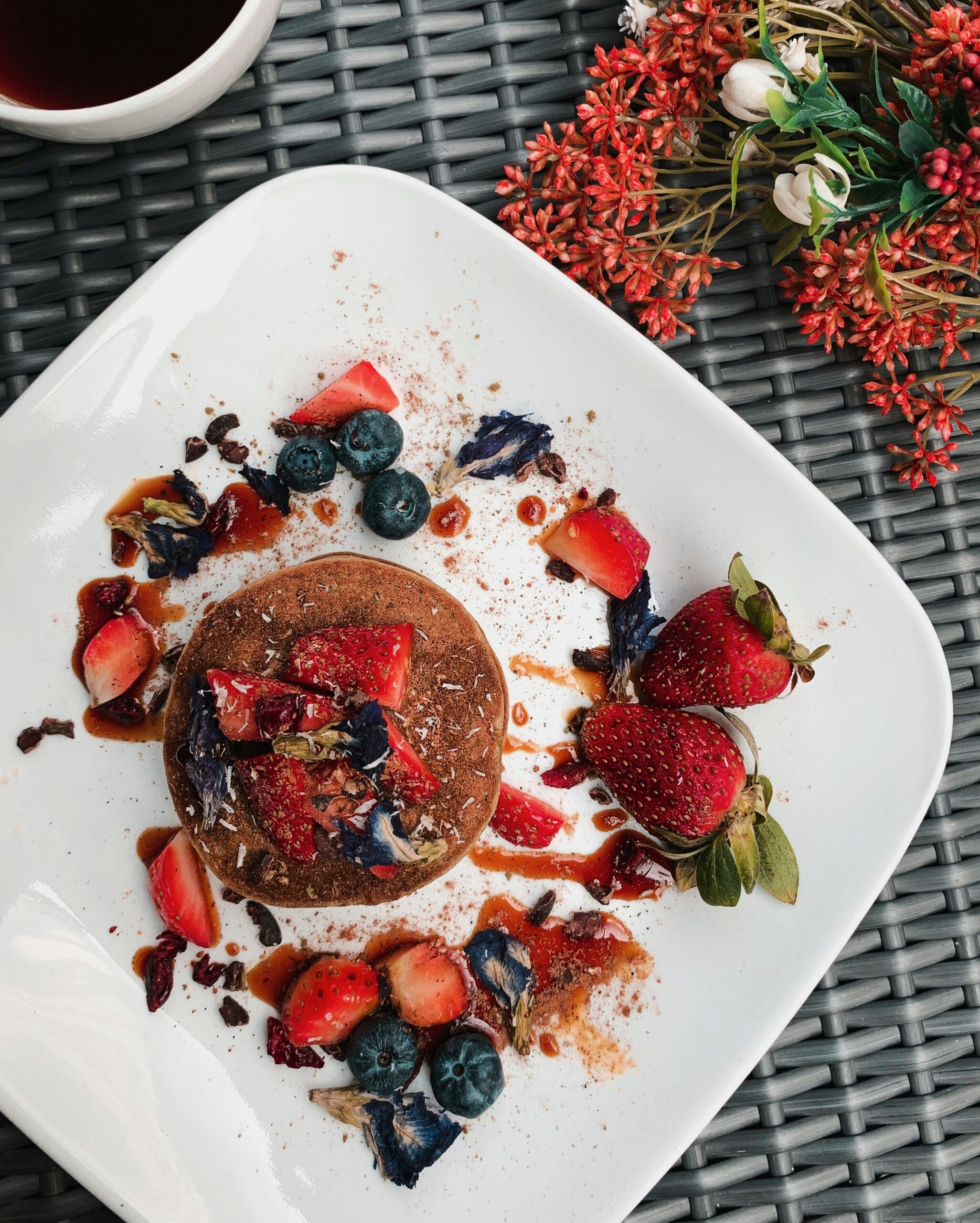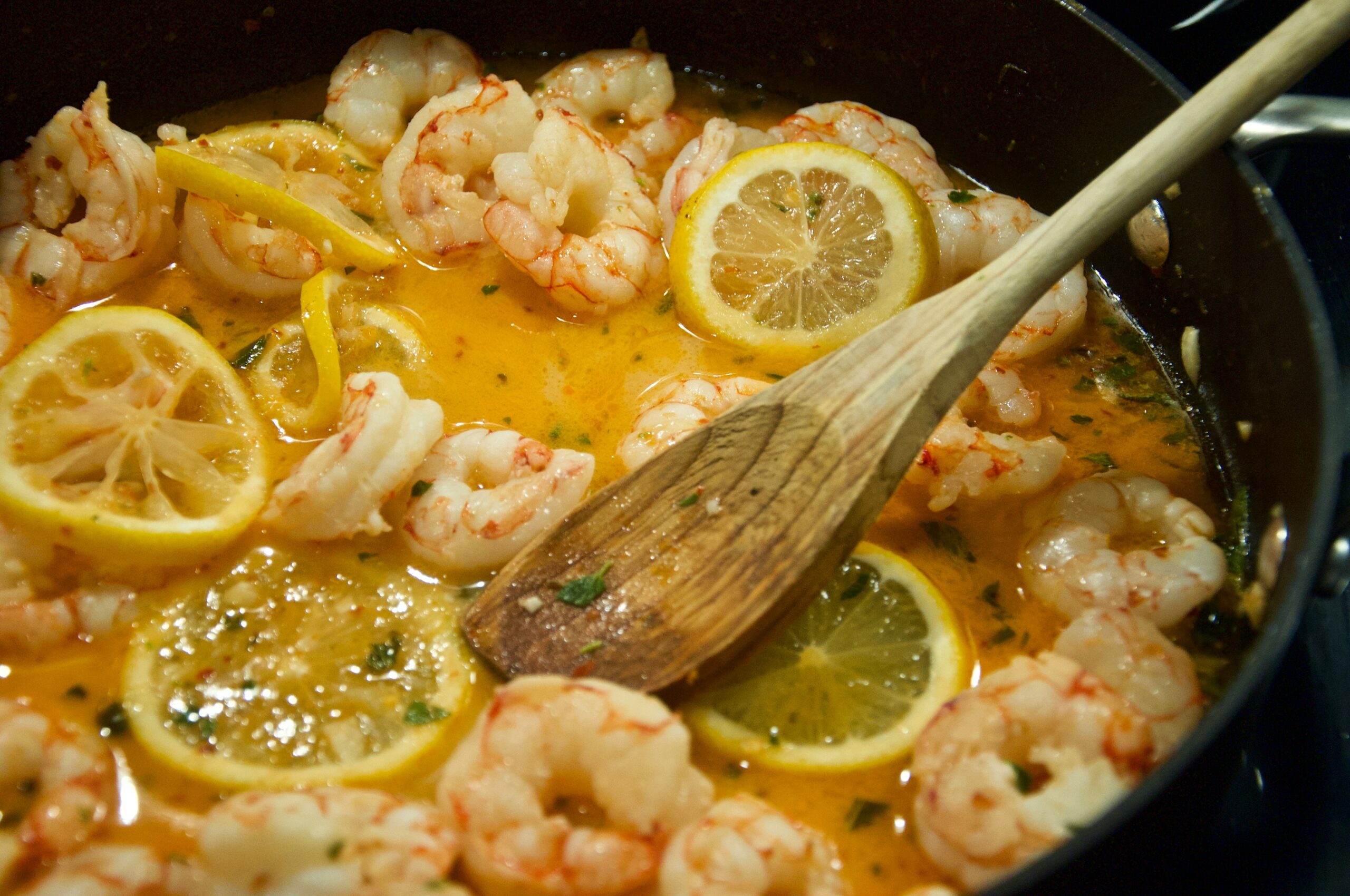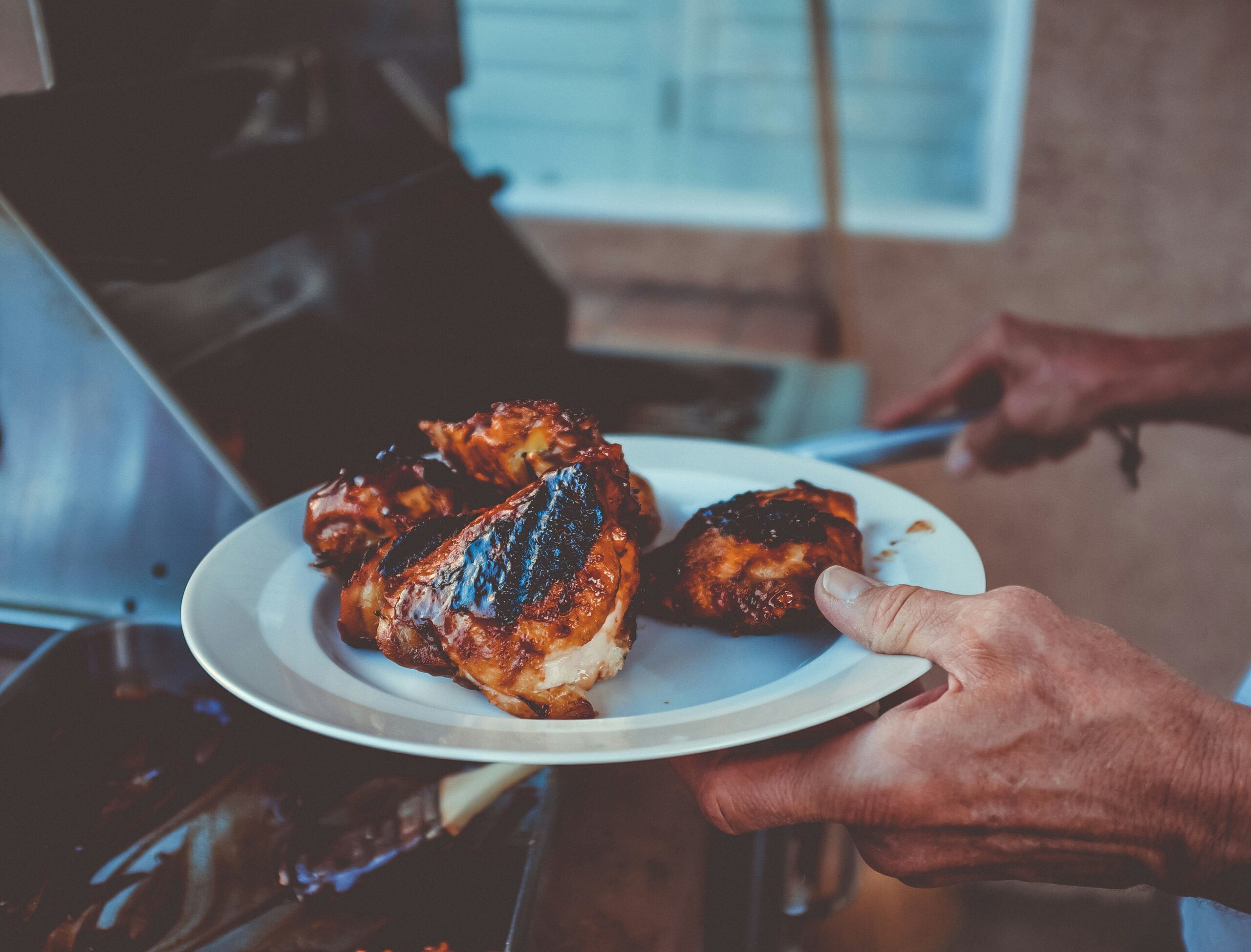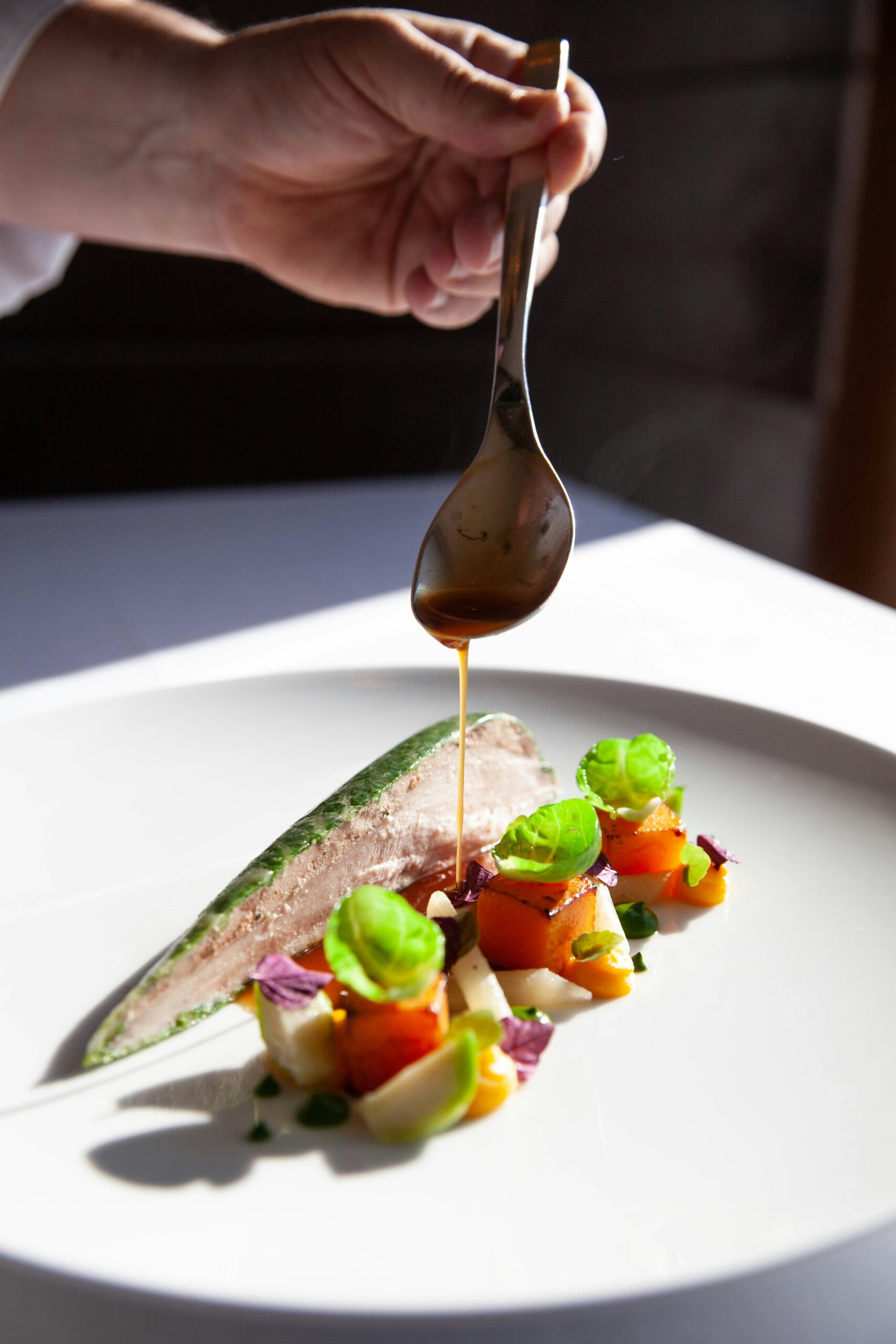Savoring Tradition: Culinary Journeys Through Generational Family Recipes
Food is more than sustenance; it’s a poignant narrative, an echo of our past, and a bridge connecting generations. When you sit down to a meal prepared from a family recipe, you aren’t just consuming ingredients; you’re relishing a tradition that may have started decades, if not centuries, ago. Each bite is imbued with stories, laughter, and sometimes, even tears. It strikes me how food can evoke memories—like the scent of cinnamon wafting through the air, which instantly transports me back to my grandmother’s kitchen, bustling with activity and warmth.
The Essence of Family Recipes
Family recipes often carry their own unique history. They are shaped by culture, geography, and the individual flair of those who prepare them. Take, for instance, the classic Italian lasagna, a dish that varies significantly from one household to another. In my family, it’s layered with a rich, slow-cooked Bolognese sauce, while a friend’s version might highlight a creamy béchamel. The differences are not merely culinary; they reflect family traditions, values, and, dare I say, rivalries. (I can still hear my aunt insisting her lasagna is the best, and you know what? She might be right!)
Why We Hold Onto These Recipes
There’s something inherently comforting about preparing a dish that has been handed down through generations. It’s like holding a piece of history in your hands. Many families have a recipe that seems to hold the key to their identity. These recipes serve as a form of legacy; a way to ensure that the flavors of our ancestors endure. They remind us of family gatherings, holidays, and those Sunday afternoons spent in the kitchen, where the chaos of mixing and measuring becomes a cherished memory.
But why do we cling to these culinary traditions? Here are a few reasons:
- Connection: Preparing a family recipe allows us to connect with our roots. It’s a way to remember loved ones and share their stories.
- Identity: Food is an integral part of our cultural identity. Recipes often reflect our heritage and the places we come from.
- Comfort: There’s a certain nostalgia that comes with familiar flavors. It’s like a warm hug on a chilly day.
- Creativity: Family recipes can inspire creativity. Many home cooks enjoy putting their own twist on a traditional dish, allowing for personal expression.
The Role of Food in Family Dynamics
Food has the remarkable ability to bring people together. As I recall my childhood, the dinner table was the heart of our home—a place where stories were shared, laughter echoed, and sometimes, debates about who had the better recipe ensued. (Let’s just say, we never quite settled it.) This communal aspect of cooking and sharing a meal is pivotal in fostering relationships. It’s no surprise that family recipes often become the centerpiece of holiday celebrations, where everyone gathers to share in the culinary delights and the familial bonds they represent.
Reviving Lost Recipes
In today’s fast-paced world, many of us may find that our family recipes are gathering dust. Perhaps they’re written on crumpled pieces of paper, or maybe they exist only in the memories of elder relatives. However, there’s a growing movement to revive these culinary treasures. Various organizations and online platforms are dedicated to preserving and sharing generational recipes, ensuring that they don’t fade into obscurity. It’s a beautiful testament to the power of food as a cultural artifact.
Generational Stories: A Tapestry of Flavors
Let’s dive into some unique family recipes that embody this rich tapestry of flavors. These stories highlight how food can encapsulate the essence of a family’s journey through time.
Grandma’s Chicken Adobo: A Filipino Staple
In the heart of a Filipino family, my friend Maria often recalls the aroma of her grandmother’s chicken adobo simmering on the stove. This classic dish, made with chicken, soy sauce, vinegar, garlic, and spices, is more than just a meal; it’s a symbol of resilience and love. Maria’s grandmother, who lived through the war, would make this dish using whatever leftovers were available, teaching her the importance of resourcefulness. “Every time I cook adobo,” Maria says, “I feel like she’s right there with me, guiding my hands.”
Aunt Clara’s Chocolate Chip Cookies: The Ultimate Comfort Food
For many, the smell of freshly baked cookies evokes childhood memories. My Aunt Clara’s chocolate chip cookies were legendary in our family. Soft, gooey, and adorned with just the right amount of salt on top, they captured the hearts of everyone who tasted them. The secret? A sprinkle of love—quite literally. Aunt Clara always insisted that if you didn’t feel happy when mixing the dough, you’d never get the right flavor. (I can’t argue with that logic!)
Uncle Joe’s Barbecue: The Family BBQ King
Then there’s Uncle Joe, the undisputed king of barbecue in our clan. His secret marinade, a closely-guarded family formula, has been passed down from his father. Every summer, we gather in the backyard, where the air is thick with the scent of grilled meats and laughter. Uncle Joe’s philosophy about cooking is simple: “Good food draws people in, but great food keeps them coming back.” This mantra resonates with all of us, as we savor the delicious results of his labor.
Mom’s Sunday Roast: Tradition Meets Innovation
On Sundays, my mother would prepare her signature roast—a classic dish with a twist. It was always a spectacle, with a beautifully browned chicken surrounded by an array of seasonal vegetables. However, what set it apart was her use of herbs, freshly picked from her garden. “Cooking is like painting,” she’d say, “you have to use the colors of the season.” This blend of tradition and innovation opened my eyes to the culinary possibilities and sparked my own passion for cooking.
The Challenge of Preserving Recipes
While these family recipes are rich in history, preserving them isn’t always straightforward. Sometimes, the original recipe is lost, or the measurements are vague—“a pinch of this” and “a handful of that” can create confusion for the uninitiated. In my quest to recreate Aunt Clara’s cookies, I found myself desperately trying to decipher her handwritten notes, which resembled a treasure map more than a recipe. (I still have no idea what “just enough chocolate” means!)
Modern Technology Meets Tradition
Today, technology plays a fascinating role in how we preserve and share these cherished recipes. The rise of food blogs, social media, and online recipe websites has made it easier than ever to document and disseminate family recipes. Many individuals are now creating digital cookbooks that combine their own culinary adventures with the cherished recipes passed down through the generations. This modern approach ensures that even as our lifestyles change, our culinary traditions remain intact.
Cooking Shows and Family Recipes
The explosion of cooking shows has also breathed new life into family recipes. Chefs often showcase their family’s traditional dishes, giving viewers insight into the stories behind the food. Shows like “Chef’s Table” or “The Great British Bake Off” not only highlight the culinary artistry but also the emotional connection to food. It’s inspiring to see how chefs honor their heritage while innovating and experimenting with flavors.
Community and Social Media
Social media has become a powerful platform for sharing family recipes. Instagram feeds are filled with mouth-watering images of dishes accompanied by heartwarming family stories. The hashtag #FamilyRecipes has gained traction as people come together to celebrate their culinary heritage. It’s a delightful way to connect with others who share similar backgrounds, fostering a sense of community in a digital space.
Preserving Recipes for Future Generations
Yet, as we embrace modern technology, the challenge remains: how do we ensure that these recipes are preserved for future generations? One solution is to create family cookbooks. These can be compiled through contributions from family members, each adding their own recipes and memories. It’s an exciting project that not only safeguards culinary traditions but also strengthens family bonds. Plus, it gives everyone a chance to add their own flair and perhaps settle a few long-standing culinary disputes along the way.
Conclusion: The Legacy of Family Recipes
As we navigate the complexities of modern life, the act of cooking and sharing family recipes remains a timeless tradition. It’s a way to celebrate our heritage, create new memories, and honor the generations that came before us. In a world that often feels fragmented, the kitchen continues to be a sanctuary—a place where we can gather, connect, and share our love through food.
So, whether you’re whipping up a batch of Aunt Clara’s cookies or trying your hand at Grandma’s chicken adobo, remember that each dish carries with it a rich history, an array of flavors, and a sprinkle of love. As you savor these culinary journeys, may you find joy not just in the taste but in the stories that accompany them. After all, food is not merely a meal; it’s a legacy to be cherished and passed down through time.




